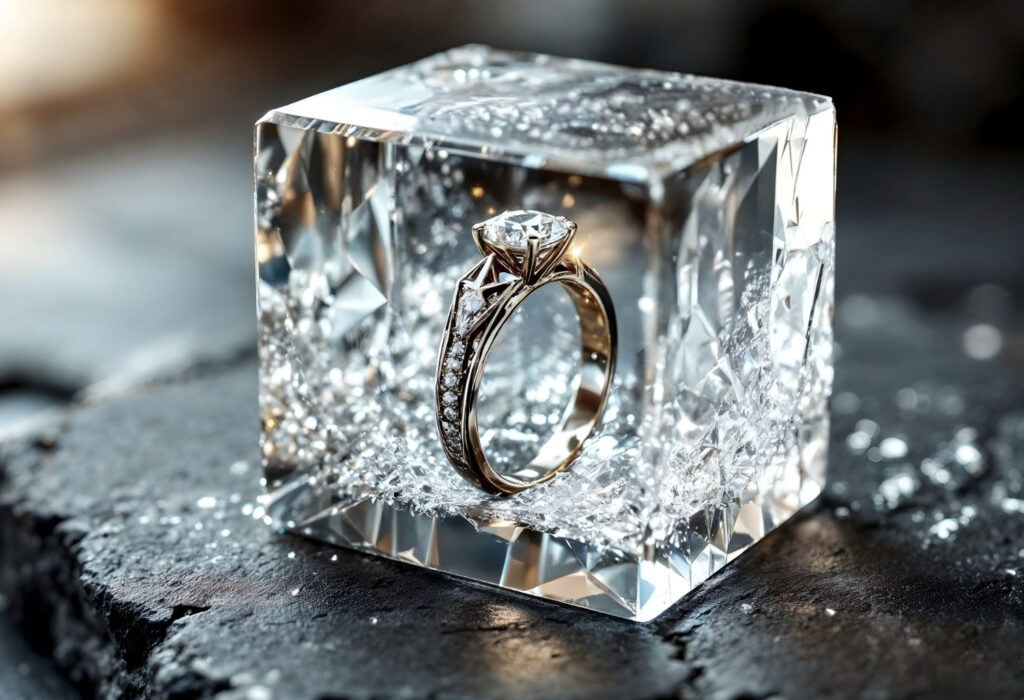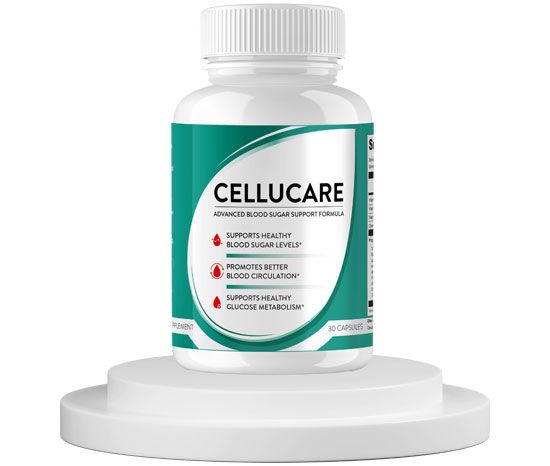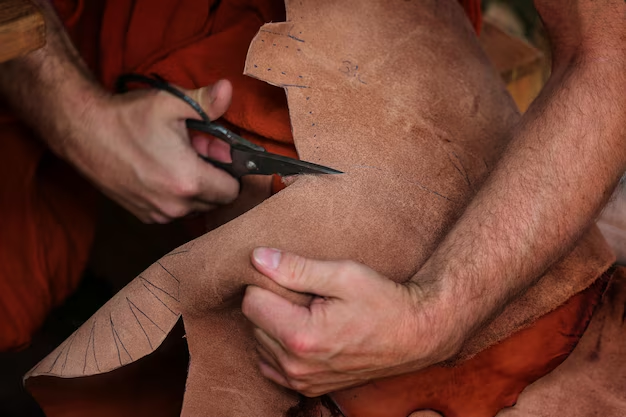Cubic zirconia is one of the most popular diamond alternatives in the world of jewelry. In simple words, it is a man-made crystal that looks very similar to a diamond but is far more affordable. Many people choose it because it offers sparkle and beauty without the high price tag that comes with natural gemstones.
In everyday fashion, cubic zirconia has become a favorite for rings, necklaces, earrings, and even engagement jewelry. It gives people the chance to wear elegant pieces without worrying about costs or ethical concerns.
In this guide, you will learn everything about cubic zirconia—where it came from, how it is made, what makes it special, how it compares to diamonds, and why it continues to be one of the most loved stones in jewelry.
The Origins of Cubic Zirconia
Cubic zirconia was first discovered by scientists in the 20th century while studying natural minerals. At first, it was not used in jewelry but rather in industrial applications. Later, researchers realized that when the crystal was created in controlled lab conditions, it could take on a clear, brilliant appearance similar to a diamond.
During the 1970s, jewelers began to market cubic zirconia as a diamond substitute. Its brilliance and affordability quickly made it popular among buyers who wanted the look of diamonds without the expense. Over time, it became a symbol of accessible beauty, opening the world of fine-looking jewelry to more people.
How Cubic Zirconia Is Made
Unlike diamonds, which are formed deep inside the Earth under pressure and heat, cubic zirconia is created in laboratories. The process involves heating zirconium oxide crystals to extremely high temperatures until they stabilize into a cubic crystal form. This process ensures uniformity, clarity, and brilliance in the finished stones.
The main difference between cubic zirconia and natural gemstones is origin. Diamonds are mined from the Earth, while cubic zirconia is man-made. This difference not only impacts cost but also influences ethical and environmental considerations, which many modern buyers take seriously.
Appearance and Qualities of Cubic Zirconia
Cubic zirconia is valued for its beauty, which comes from its clarity, sparkle, and ability to mimic the brilliance of diamonds. Under light, it reflects a rainbow of colors, giving it a lively and eye-catching appearance. Most cubic zirconia stones are completely flawless, unlike diamonds which often contain natural inclusions.
In terms of hardness, cubic zirconia is softer than diamonds but still durable enough for everyday wear. On the Mohs scale, it ranks around 8 to 8.5, while diamonds score a perfect 10. This means cubic zirconia can resist scratches to a good degree but may not last as long as a diamond if worn daily for decades.
Visually, cubic zirconia can sometimes be distinguished from diamonds by its extra sparkle, often called “fire.” This rainbow effect is slightly different from the pure brilliance of a diamond, but to the casual eye, the difference can be hard to notice.
Uses of Cubic Zirconia in Jewelry
Cubic zirconia is used widely in jewelry of all types. In engagement rings, it is often chosen as a budget-friendly centerpiece that still looks elegant and timeless. Many people also buy it as a temporary ring until they are ready to invest in a diamond.
In necklaces and earrings, cubic zirconia offers the perfect way to enjoy sparkle without financial stress. It shines beautifully in both casual and formal settings, making it versatile for all styles.
For every day wear, cubic zirconia is lightweight and affordable, so people can enjoy the look of fine jewelry without the fear of damaging or losing something very expensive. At the same time, it remains a popular option for special occasions where appearance matters just as much as meaning.
Cubic Zirconia vs. Diamond
Cubic zirconia and diamonds share a close resemblance, but they are different in several ways. Visually, cubic zirconia has a slightly more colorful sparkle, while diamonds reflect a whiter, more natural brilliance.
Price is one of the clearest differences. A cubic zirconia stone costs only a fraction of what a diamond of the same size and cut would cost. This makes it an attractive choice for those who want luxury looks on a budget.
In terms of long-term wear, diamonds are harder and more resistant to scratches. Cubic zirconia, though durable, may show signs of wear after many years, especially if not cared for properly. However, because it is inexpensive, replacing a cubic zirconia stone is much easier.
Caring for Cubic Zirconia
To keep cubic zirconia looking brilliant, regular cleaning is important. Over time, oils from the skin, lotions, and dust can make the stone appear dull. Washing it gently with warm water and mild soap helps restore its shine.
Storing cubic zirconia jewelry in a soft pouch or separate compartment prevents scratches. While it is durable, it can be scratched if kept with harder stones or metals. With proper care, cubic zirconia jewelry can stay bright and sparkling for years.
Environmental and Ethical Aspects
One of the major advantages of cubic zirconia is that it is lab-made. This means it does not require mining, which often raises environmental and ethical concerns when it comes to diamonds. For buyers who want beauty without the worry of ecological damage or unfair labor practices, cubic zirconia offers a clear choice.
As sustainability becomes more important in fashion and jewelry, cubic zirconia has gained recognition as an eco-friendly option. It represents a modern approach to luxury, where style and conscience can go hand in hand.
Conclusion
Cubic zirconia has earned its place as one of the most loved diamond alternatives. It combines beauty, affordability, and accessibility, allowing more people to enjoy jewelry that sparkles without the heavy cost.
While it does not match the durability of diamonds, its strengths in appearance, price, and ethical advantages make it a smart choice for many buyers. For everyday wear, fashion pieces, or even symbolic jewelry like engagement rings, cubic zirconia continues to shine.
Whether someone chooses it for style, budget, or values, cubic zirconia remains proof that beauty does not always have to come at a high price.
FAQs
1. Is cubic zirconia a real gemstone?
Cubic zirconia is a man-made crystal, not a natural gemstone, but it is widely recognized and valued in jewelry.
2. How long does cubic zirconia last?
With good care, it can last for many years, though it may show wear over time compared to diamonds.
3. Can cubic zirconia be worn every day?
Yes, it can be worn daily, but it may need occasional replacement if used in high-wear pieces like rings.
4. How do you tell cubic zirconia from a diamond?
Experts look at sparkle, hardness, and sometimes use tools, but to most people, they look very similar.
5. Does cubic zirconia lose its sparkle over time?
It may lose some brilliance if not cleaned, but regular care helps maintain its shine.




